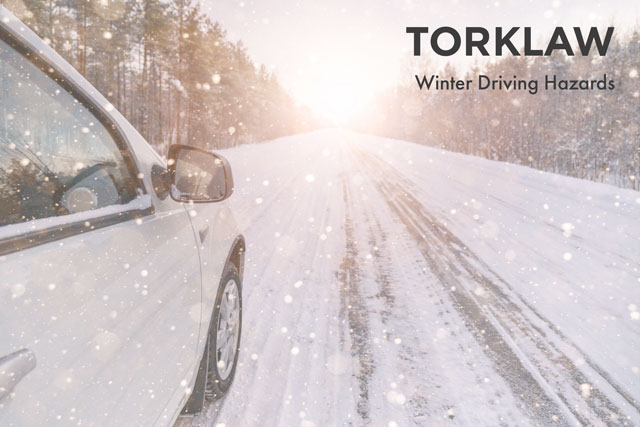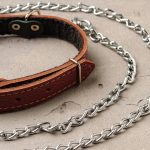Here in the Northern Hemisphere, we’re enjoying (or not) winter weather! Even in sunny Southern California, the winter months bring additional risks on the road. Here are some winter driving hazards to watch out for, and tips to keep you safe on the road.
Impaired Visibility
Winter brings more fog, rain and snow. So, winter is the right time to give your headlights some love.
- Check the alignment of your headlights to make sure they are correctly aimed at the road, and adjust them if necessary.
- Headlights dim over time. If yours haven’t been changed in years, it may be time. Always replace both headlights at once.
- Clean your headlight lenses. Here’s an article describing some different methods you can try.
- Finally, use those headlights anytime the weather is misty, raining or snowing.
Fog and snow decrease visibility, as do frost or condensation on your windows. Before getting on the road, take the time to fully de-ice or defrost your windows – and don’t forget your mirrors.
Night Driving
Wintertime means shorter days, and that means driving in the dark more often. Combined with a higher chance of inclement weather, your chances of being in a crash increases. Some tips for safer driving at night:
- Follow the steps above to make sure your headlights are bright and properly aimed.
- Have your vision checked regularly. If you wear glasses, use anti-reflective lenses.
- Dim your dashboard lights.
- Don’t look directly at oncoming lights.
- Make sure your windshield is clean.
- Drive a bit slower, and don’t tailgate.
- Don’t drive when fatigued. Pull over if you become drowsy.
- Don’t drive distracted – stay alert.
- Don’t drive impaired; and beware of other drivers who may be distracted or impaired as well.
Slick Roads
Winter driving often means traveling on slick, slippery roads; this greatly reduces traction and requires increased braking distance.
Southern California, for instance, goes without precipitation for much of the year. This causes a buildup of engine oil and other fluid discharge on the road. When it rains for the first time in weeks or months, those roads become very slippery.
In colder areas, wet roads turn to ice when the air temperature drops below 32˚F. And, because the ground doesn’t warm as quickly as air, the roads may still be icy even if it’s not freezing outside.
Black ice is even worse, because instead of looking icy, the road just looks wet – worse, black ice most often forms at night or early morning, and drivers don’t realize how slippery the road is until they have lost control. Ice can form faster in certain areas, including bridges and overpasses, where you definitely don’t want to go into a spinout!
Tips for driving in wet or icy weather conditions:
- Drive a bit more slowly than usual – but don’t overdo it. Driving too slowly causes other drivers to make hasty lane-changes, or follow more closely than is safe.
- Leave twice as much space between you and the car ahead of you as you normally would.
- Slow down just a bit more on curves, hills, and intersections.
- Brake properly to avoid a spinout. If you have anti-lock brakes, apply firm and continuous pressure to the brake pedal. Otherwise, you may need to pump the brake to keep your wheels from locking. Consider downshifting to slow your car before braking, so you don’t need to brake as suddenly.
- If your car’s front end begins to slide, take your foot off the gas, but don’t slam on the brakes! Hold the steering wheel steady until your car slows down.
- If the back end starts sliding, turn your car toward the slide, but not too far. Again, don’t slam on the brakes.
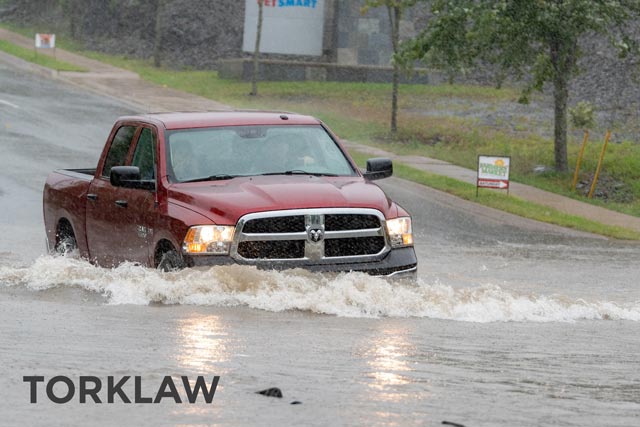
Flooding
Winter is rainy season in many parts of the country, and flash floods are common winter driving hazards. If you are driving in heavy rain, pay close attention to road signs and barricades. If an area is barricaded, stay out.
If you see a flooded road, Turn Around – Don’t Drown! Don’t attempt to drive through flood water, especially if it’s moving. According to the Centers for Disease Control and Prevention, flood deaths most commonly occur when someone drives their vehicle into hazardous flood water. Consider this:
- 6 inches of rushing water can knock down an adult.
- 12 inches of rushing water can carry away a small car.
- 24 inches of rushing water can carry away most vehicles.
If you find yourself in a flooded area, reduce your speed. If you create a large wave by driving too fast, you may endanger other drivers or pedestrians. You may aquaplane and crash.
After driving through water, be sure to test your brakes as soon as you can.
If your car stalls and becomes trapped in flood water:
- Abandon the car only if the water is not moving. In rushing water, you are probably safer in your car until it drifts to a safer spot.
- Turn on your headlights to signal emergency responders.
- If you decide to abandon your car, take off your seat belt and unlock the doors. Remove any heavy outer clothing that will weigh you down or get in the way.
- If you can’t open the door, open the window and climb out.
- If the window won’t open, don’t immediately resort to braking it; the glass may explode and harm you. Your door may be held closed by water pressure. You may need to wait until your car has enough water inside (about neck level) to equalize the pressure on the door.
- Once you’re out of the car, move to higher ground. Don’t try to save your possessions or go back to the car for any reason.
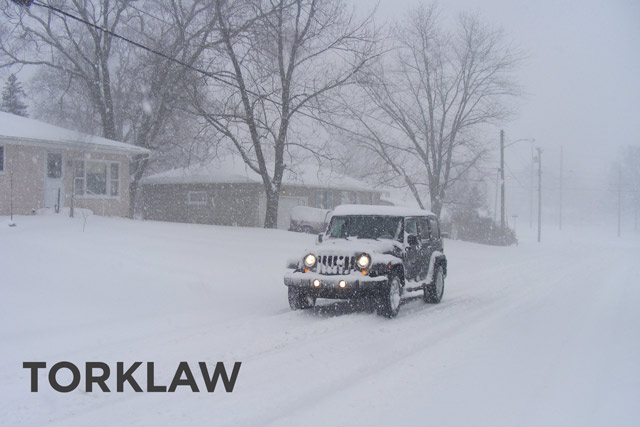
Snow
Driving in heavy snow requires extra measures and special precautions.
If it snows overnight and snow is piled around your car, be sure to clear any snow or debris in or around your exhaust pipe before starting it. If your engine is running while the exhaust pipe is blocked, poisonous carbon monoxide gas can leak into the passenger area.
If you get stuck in the snow, don’t spin your tires. Not only is this useless, but it can overheat them, and even cause them to explode. Gently rock your car back and forth (drive, reverse, drive) if you find yourself stuck. If you have sand, salt, or cat litter in your car emergency kit, this can also help provide traction and/or melt the snow or ice.
Also, take care when passing snowplows. The “wings” of the plow are much wider than they seem, especially if the plow is kicking up a cloud of snow. Keep a distance of at least 200 feet.
Freezing Temperatures
If there is snow or ice on the ground, that means the temperature is at or near freezing. A breakdown in those conditions can be life-threatening.
If you do become stranded in the cold, call for help right away. Stay in your car. Bundle up and huddle with other passengers to stay warm. If your engine still runs, and you have gas, use your heater, but be cautious: use it sparingly, and make sure your exhaust pipe is completely clear of snow or debris.
Preventing winter driving hazards
You can prevent many of winter driving mishaps with good planning. Before driving in winter weather or extreme cold, prepare your vehicle and take extra care to take some important safety precautions before each trip:
Prepare your car for winter driving hazards
- Check your tires’ tread and tire pressure.
- If the tread is worn, you should replace them before driving in slippery conditions.
- Always inflate to the tire pressure (PSI) indicated on the label inside your car’s driver door. Never use the tire pressure branded on the tire’s sidewall – this indicates the maximum amount of pressure the tire is rated for, which may not be right for your vehicle.
- Cold temperatures can impact battery performance. Check your car battery for corrosion. If needed, replace your battery, or if the corrosion is minor, clean it with a wire brush. If you’ll be driving in near-freezing temperatures, you may want to bring along a portable jump starter.
- Buy snow tires or chains: If you live in an area with ice and snow, you may want to invest in a good pair of snow tires, which provide better traction in such conditions. If you are driving to an area with ice and snow, you may want to bring tire chains, unless they are prohibited where you’re going – be sure to check in advance.
- Replace your antifreeze, if driving in a cold climate zone. Use a 50/50 mix: half water, half antifreeze to prevent it from freezing.
- Change your oil, using a product made for cold weather.
- Check your wiper blades and replace them if necessary.
- Make sure all systems work properly: brakes, lights, heater, defroster, and exhaust.
- Check road conditions before you go out: Most states have websites listing current road conditions; use them to determine whether it’s safe to go or not.
- Keep an emergency kit in your car.
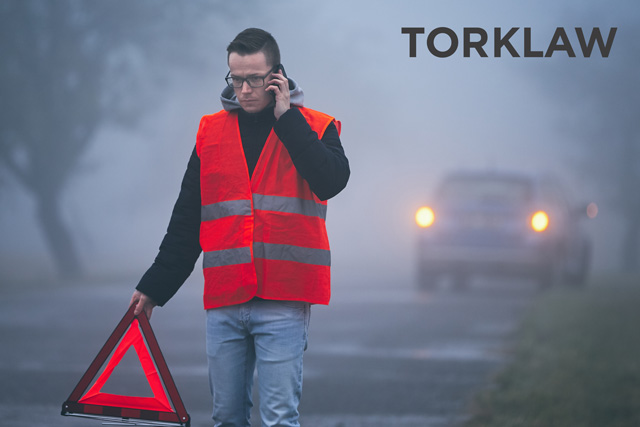
Winter Emergency Kit for Your Car
Good auto emergency kits help motorists respond safely to winter driving hazards. They include:
- Spare tire and tools to change it
- Jumper cables or a portable jump-starter
- Flashlight
- First aid kit
- Water bottle
- Emergency food, such as protein bars
- Tool kit
- Flares
- Windshield washer fluid
In cold or snowy areas, make sure you also have:
- Blankets and/or warm clothes
- Heat packs to protect against frostbite and hypothermia
- Ice scraper
- Sand, salt or cat litter to provide traction
- Tire chains
Winter Safety Precautions
This year, prepare for winter driving hazards.
Before any long drives, make sure your gas tank is full and that your cell phone is charged (or carry a phone charger or portable power source with you).
Walking on icy and wet surfaces are additional winter hazards, because they lead to slips, trips, and falls. Take care when walk to and from your car as well.
Another thing to keep in mind: when driving in the snow, chances are the roads are treated with salt or salt-based road treatment to melt the ice. Salt is highly corrosive, so be sure to wash your car frequently to prevent damage to your finish or rust on your undercarriage.
If you are injured in a car accident as a result someone who did not take the proper safety precautions to avoid winter driving hazards, call TORKLAW – we won’t leave you in the cold!


